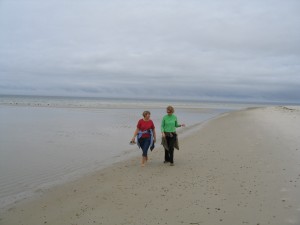September 21, 2011
All has been quiet on the talking about health front. I am in the midst of teaching the undergraduate class about designing health messages at Penn State, so it is odd that I don’t find my way here more often. But in the fury of the debate over the Dr. Oz show about apple juice. [go here to read and listen to the debate if you want more information: http://www.doctoroz.com/videos/arsenic-apple-juice], I had to make time to add a few thoughts.
First, in favor of Dr. Oz — his show entertains us and informs us at the same time. We do have to remember that someone has to pay the bills for the show, so the entertainment quality has to be there. It is that simple.
The positive things about a show like Dr. Oz is that it can arouse public passions about scientific issues and lead to health advocacy. It may increase healthy behaviors and improve our vocabulary when it comes to talking about health and the science of health.
But on the negative side–it can be confusing and contribute to inaccurate understanding. It may arouse public passions but these can be misdirected.
The apple juice show and related debate illustrates both. The headline for the page above and the text beneath illustrates this reality. What is an “extensive national study”? According to the text, it means “dozens of samples” from “three different cities”. That is neither extensive nor a nationally representative sample.
How was the study conducted? Even with the several dozen samples, there is much room for the approach to vary. Did the tester shake the apple juice before drawing a sample? That might be important in terms of how the contents in the apple juice are distributed through the liquid. Did the tester take a sample from the bottom of the juice container or the top? Did the tester take more than a single sample of juice from each of the containers tested? Inquiring minds want to know…
But instead of focusing on specific and direct questions to guide our understanding, the backlash focused on name-calling. Skimming the contents of various letters from companies represented on the show and the Food & Drug Administration–FDA–“irresponsible” might be the most frequently leveled charge. Dr. Besser calls the Dr. Oz show “fear-mongering”. Watch this exchange:
I give credit to Dr. Oz for remaining calm and answering the charges.
But I wanted to know more about organic and inorganic arsenic levels, and other issues such as I raised above. I wanted to know less about Dr. Besser’s “upset”…











![2009_Sojourn_065[1]](http://whyhealthcommunication.com/whc_blog/wp-content/uploads/2011/04/2009_Sojourn_0651-300x224.jpg)
